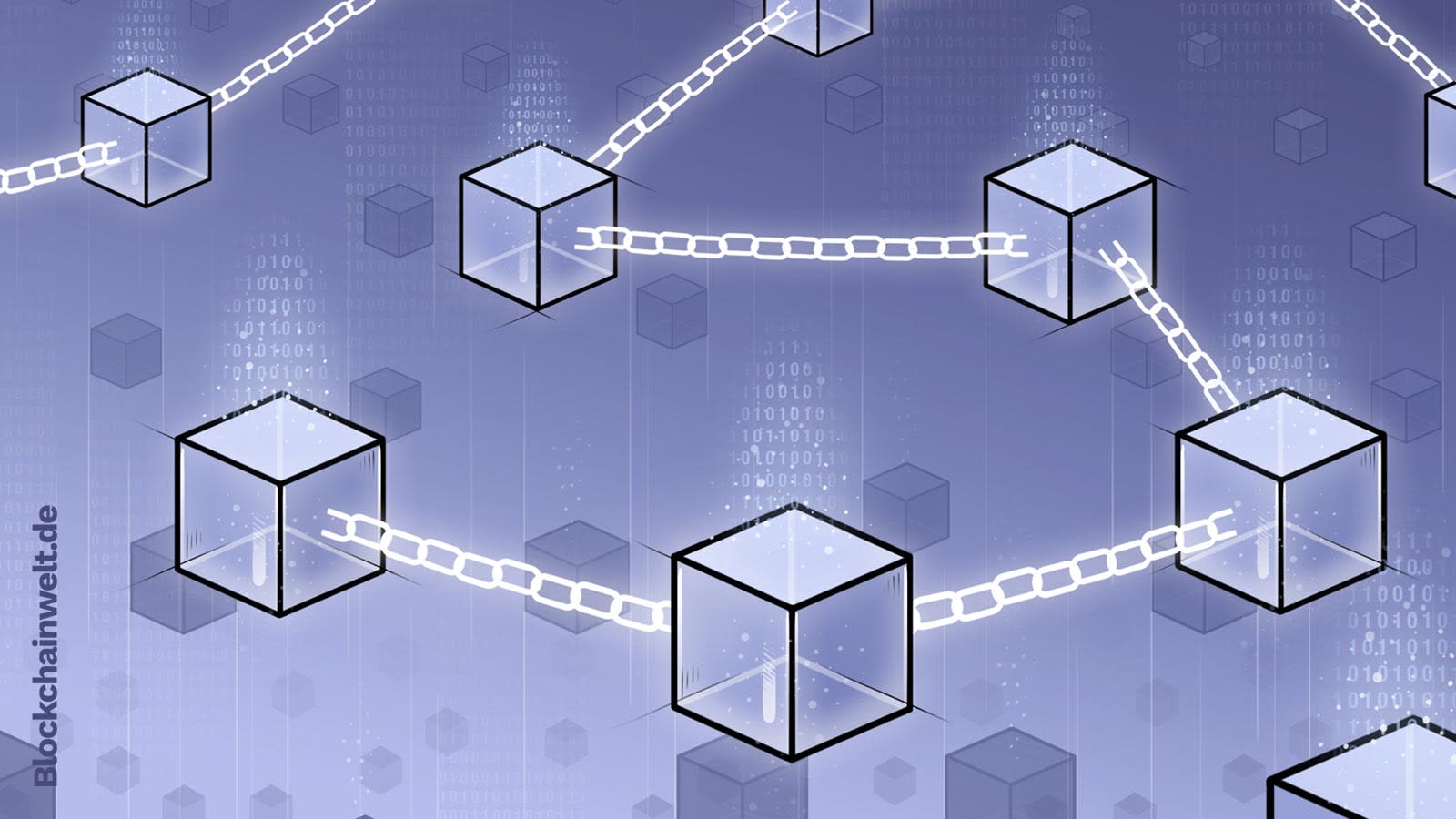Open Analytics - 26. Optimism
What is the average time between blocks on Optimism? What was the maximum and minimum recorded time between two blocks? How many transactions are done in a block on average? How do these numbers compare to Flow?
In this analysis, we look for the minimum, maximum and average time between blocks of the Optimism network and compare it with Flow.
For the above review and comparison, we use the following criteria to get a better result:
1-Average time between blocks
2-Maximum time between blocks
3-Minimum time between blocks
4- Early block time difference - daily and weekly
5-Average block timestamp difference - daily and weekly
6-Average block size per day and week
We bring the results of the above cases together so that we can have a better comparison.
What is Optimism?
Optimism is a layer 2 chain, meaning it functions on top of Ethereum mainnet (layer 1). Transactions take place on Optimism, but the data about transactions get posted to mainnet where they are validated. It’s like driving in a less crowded side street while benefiting from the security of a highway. Optimism is the second-largest Ethereum layer 2 with a total of $313 million locked into its smart contracts, as of this writing, according to Defi Llama. Arbitrum comes first with $1.32 billion. Synthetix, a derivatives liquidity protocol, is the largest protocol on Optimism, with a total value locked (TVL) of $125 million. Uniswap, a decentralized exchange (DEX), is the second most popular protocol on the chain. As of this writing, there are 35 protocols on Optimism with at least $1,000 locked into their smart contracts.
How does Optimism work?
Optimism uses a technology called rollups, specifically Optimistic rollups. They’re called rollups because they roll up (or bundle) the data about hundreds of transactions – non-fungible token (NFT) mints, token swaps … any transaction! – into a single transaction on Ethereum mainnet (layer 1). When so many transactions are rolled up into a single transaction, the blockchain transaction, or "gas," fee required to pay comes down to only one transaction, conveniently distributed across everyone involved.
What is Flow?
The Beginner’s Guide to Flow Blockchain Imagine this: You launch a hugely successful decentralized application (dapp) on Ethereum, but your game is so popular, it renders the blockchain itself almost unusable.
Sound far fetched? That’s the story of CryptoKitties, a hugely viral trading game launched in 2017 that allowed users to buy, collect and breed digital cats.
Frustrated with Ethereum, the developers behind CryptoKitties set out to solve the technology problems they encountered. In the process, they created a new blockchain designed specifically for applications like the ones that they had helped popularize.
The Flow playground, launched in 2020, allows developers to create and trade a particular type of digital asset called a non-fungible token (NFT). An NFT is like other crypto assets in how it can be bought, sold and exchanged over the internet without a middleman.
However, there’s one crucial difference. With an NFT, every asset on the blockchain is unique, and it trades for its own specific price. (You can think of an NFT as a kind of digital trading card.) For more information on NFTs, you can visit Kraken's "What are Non-Fungible Tokens?" page located in our Learn Center.
With Flow, the team behind CryptoKitties is seeking to create a new platform that allows these types of applications to attract a larger number of mainstream users.
For more regular updates from the Flow team, you can bookmark the Flow blog, which includes tips and tutorials on the network and its evolving technology.


What are the blocks in blockchain?
A blockchain is exactly what it sounds like it is: a chain consisting of blocks of information. These blocks are containers holding a record of transactions on the blockchain. In the case of Bitcoin, the transactions are primarily transfers of bitcoins. On some blockchains, they can also contain a variety of other information, even code of computer programs.
Once transactions are added to the block, they cannot be reversed. And when a block is added to the chain, it cannot be changed. All information held in blocks is going to stay there as long as the blockchain exists. Blocks are added on top of one another in a linear way. One by one, they form a chain holding the entire history of transactions on the network.
The exact structure of blocks can differ from blockchain to blockchain. This article will focus on explaining the structure of a Bitcoin block. After all, that is the basis on which most other blockchains were modelled.
BLOCKCHAIN BLOCK ESSENTIALS
Blocks are the basic containers of information in a blockchain. They contain transaction data. Once added to the blockchain, a block cannot be changed. Blocks are secured with cryptographic methods. The parts of a block The body of a block contains transaction records. Storing these records safely is one of the priorities of the blockchain. But to be able to function in a blockchain, a block also needs a few other elements. But before we find out what they are, let’s first see how data is stored in blocks.
Cryptocurrencies earned their name because they rely heavily on cryptography. In the case of blocks, the cryptographic principle used is called the hash function. A string of symbols, called a hash, is determined through a hashing algorithm. Bitcoin uses SHA-256, but not all cryptocurrencies use the same algorithm. This algorithm takes all the data in a block and turns it into a unique string of symbols that serve as the block’s ID.
The hash of the block (the block header) is formed from the six elements that make up a block:
The version number of the block, The hash of the previous block in the chain, A code generated from transaction data, A timestamp of when the block was created, The difficulty target that adjusts the difficulty of mining, And a random string of characters called the nonce. All except the last of these elements are known in advance before a block is added to the chain. The nonce, however, remains a mystery. The purpose of crypto mining is to figure out the nonce. The miner who first finds the nonce that satisfies the current difficulty requirement adds the block to the chain, sealing it into the history of transactions. See our article on crypto mining to find more about how this is done.




4-Early block time difference🕵️♀️
5- Average block time stamp difference🕵️♀️
Below, you can see the average time of the blocks in the daily and weekly time frame. Optimism network has a downward trend, but in recent weeks it has been accompanied by some increase, and Flow network has a relatively stable trend.
6-Average block size per day/week🕵️♀️
Has the number of transactions per block (the number of transactions per block over time in the graph) increased as network adoption increased? The data shows an upward trend in the number of transactions per block (block size) on the Flow network and a steady trend on the Optimism network.
Conclusion :
1-Average Time between Block OPTIMISM< FLOW
2-Maximum Time Between Block OPTIMISM< FLOW
3-Minimum Time Between Block OPTIMISM>FLOW
4-Early block time difference
5-Average block timestamp difference OPTIMISM(Overall downward trend)- FLOW(Steady process)
6-Average block size OPTIMISM(Steady process)- FLOW(Relatively upward (upward trend)
Below you can see the following three criteria:
1-Average Time between Block
2-Maximum Time Between Block
3-Minimum Time Between Block
Optimism and Flow network are compared based on the above three criteria
Thank you for reading and reviewing this dashboard to the end:
Ways of communication:
Discord:hosein778#6264
twitter:@Hosein778
Telegram:@Hosein778
Tweet link: https://twitter.com/Hosein778/status/1633623612631515137?t=EBXxZooB9W9kzWho9S0aUA&s=19
Auxiliary resources: In this analysis, regarding the fact that it is an open bounty, I got an idea from one of my previous links and tried to examine open bounties on different networks.
Help link:https://app.flipsidecrypto.com/dashboard/polygon-block-performance-aYiI8B